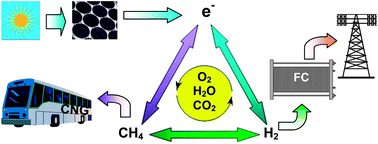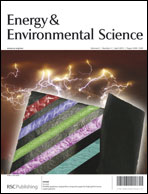Decarbonization at crossroads: the cessation of the positive historical trend or a temporary detour?
Abstract
Available statistical data indicate that during the last two to three decades, the positive historical trends in decarbonization of primary energy has markedly slowed down and practically ceased. In this article, the current status of the decarbonization of the global economy and constraints and challenges of near-to-mid term carbon mitigation options are analyzed using the Kaya Identity modeling tool. Dramatic reductions in both energy and carbon intensities of the world economy would be necessary to stop and reverse the worrisome re-carbonizing trends, however, for the majority of promising low-carbon technologies, the competition with fossil incumbents is currently an uphill battle. The pivotal role of the three-way energy system comprising methane, non-carbon electricity and hydrogen (hence, dubbed Decarbonization Triangle) in catalyzing the decarbonization process is examined in this paper. The analysis of current tendencies shows that despite recent drastic increases in carbon emissions, there are signs of emerging positive decarbonizing trends fueled by a recent surge in supply of natural gas, booming renewables market and significant gains in energy efficiency. If further strengthened, these trends may put decarbonization back on its positive historical path.


 Please wait while we load your content...
Please wait while we load your content...